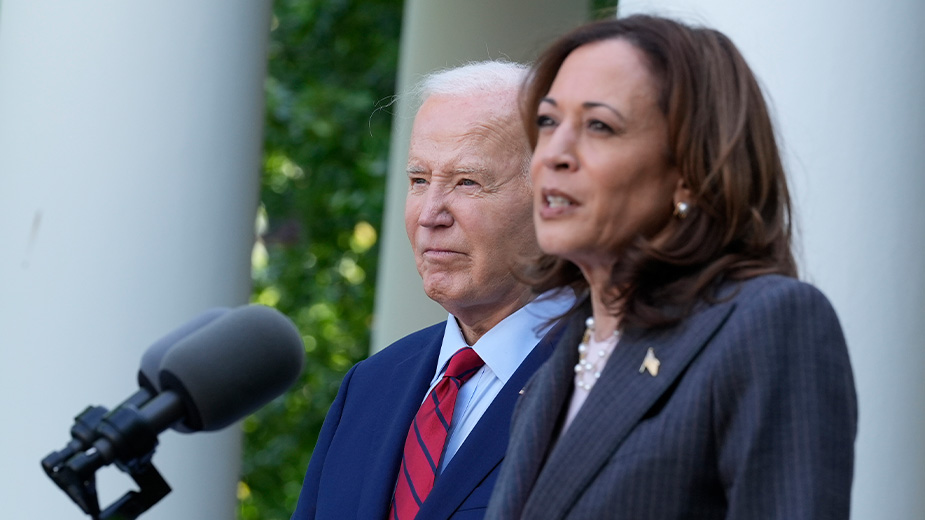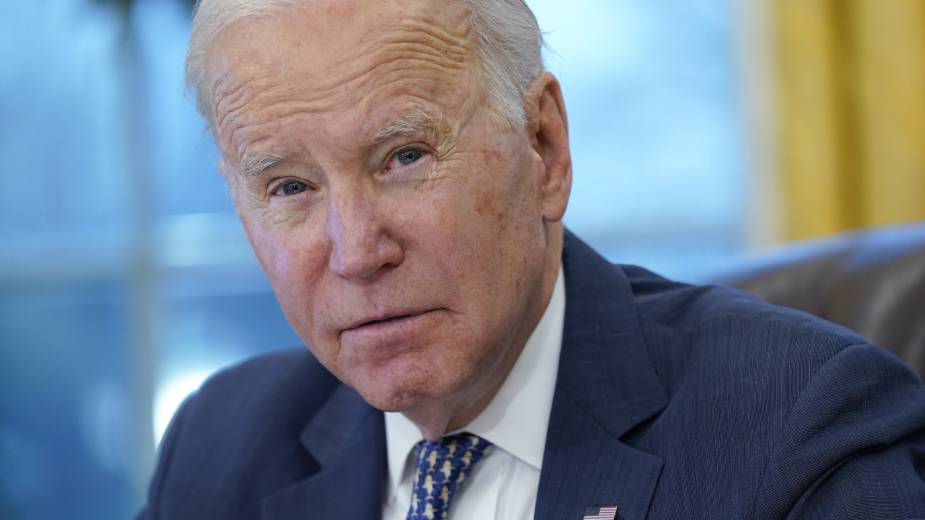Analysis: Signs of Political Realignment at 9 Precincts
STRUTHERS, Ohio – Ten days after the Ohio primary, yard signs touting Donald Trump could still be seen on the front lawns of two homes near St. Nicholas Roman Catholic Church on Fifth Street.
These homeowners, whose fervor for the Republican presidential candidates keeps their Trump signs in place, more than likely cast their ballots at the church’s Great Hall – always a busy polling place in this Democratic stronghold forged 70 years ago by Franklin D. Roosevelt and his New Deal coalition.
Perhaps their parents or grandparents – or they themselves – worked in the steel mills or later attended the meetings of the Ecumenical Coalition at St. Nicholas Church where the so-called labor priest, the late Edward Stanton, presided over the quixotic effort to buy and restart the Campbell Works of Youngstown Sheet & Tube Co. At the very least, it’s fair to assume these Trump fans know how Struthers suffered after the retrenchment of the steel industry. And obviously, so do their neighbors.
The primary ballots of 2,067 Struthers residents who live in the nine precincts near St. Nicholas were counted at the church hall March 15 after the polls closed. Of the 2,067 who voted there, 39% participated in the Republican primary – a stunning percentage compared to the 6% of St. Nick’s primary voters who asked for Republican ballots in 2008, the last presidential primary when no incumbent ran. And this year among the 807 Republican voters in these nine precincts, 57% voted for Donald Trump, 31% for Gov. John Kasich and 8% for U.S. Sen. Ted Cruz.
In Mahoning County, a Democratic stronghold but not nearly as solid as Struthers, Democrats and independents seeking to participate in the Republican contest are why 49% of all ballots cast March 15 were in the GOP primary compared to 14% in 2008. Among these new Republican voters, Trump got 50.4%, Kasich 36.4%. Statewide, Trump ran second with 35% compared to Kasich’s 46.8%.
Political observers had predicted lots of crossovers resulting from the mad-as-hell Trump phenomenon (and Kasich’s effort to stop Trump), white working class discontent over what’s perceived as job-killing trade deals and economic inequality, and widespread frustration over Washington’s inability to get much done. But this many in Struthers? As in every presidential election year, national news organizations turned to the Mahoning Valley for their Rust Belt barometer.
When the crew from MSNBC checked into the Mahoning County Elections Board March 15, and asked board chairman Mark Munroe where they might find high numbers of crossovers, he directed them to St. Nick’s parish hall. Once stationed inside the polling place for all-day coverage, the cable network accurately reported the unprecedented numbers and the likelihood Trump was favored in this part of Ohio.
Indeed, from Ashtabula south through Trumbull, Mahoning and all the counties in Appalachia, Democrats made sure Trump got the most votes in the Republican primary. And the nine precincts in Struthers? They swung with a vengeance.
Voters in these precincts who stayed with the Democrats did give Hillary Clinton more votes, 731, than they did Trump, 430. Clinton won the Struthers precincts with 57.9% of the vote compared to 39.9% for U.S. Sen. Bernie Sanders. But in 2008, Clinton racked up 1,938 votes, trouncing Barack Obama who got 578.
As for Republican John McCain, in 2008 the eventual GOP nominee received just 66 votes from the St. Nicholas polling place while Mike Huckabee got 63. In November of that year, voters in these nine Struthers precincts gave Obama 70.2% of their votes while Obama carried Mahoning County with 62.2%.
Curiously, 703 fewer voters participated in both parties’ primaries this year at the St. Nicholas precincts. Population loss? Lack of interest?
Next question: Is Struthers an accurate barometer of a political realignment not seen since the New Deal?
Editor’s Note: This news analysis appeared in the April edition of The Business Journal, in subscribers’ mailboxes this week.
Copyright 2024 The Business Journal, Youngstown, Ohio.



